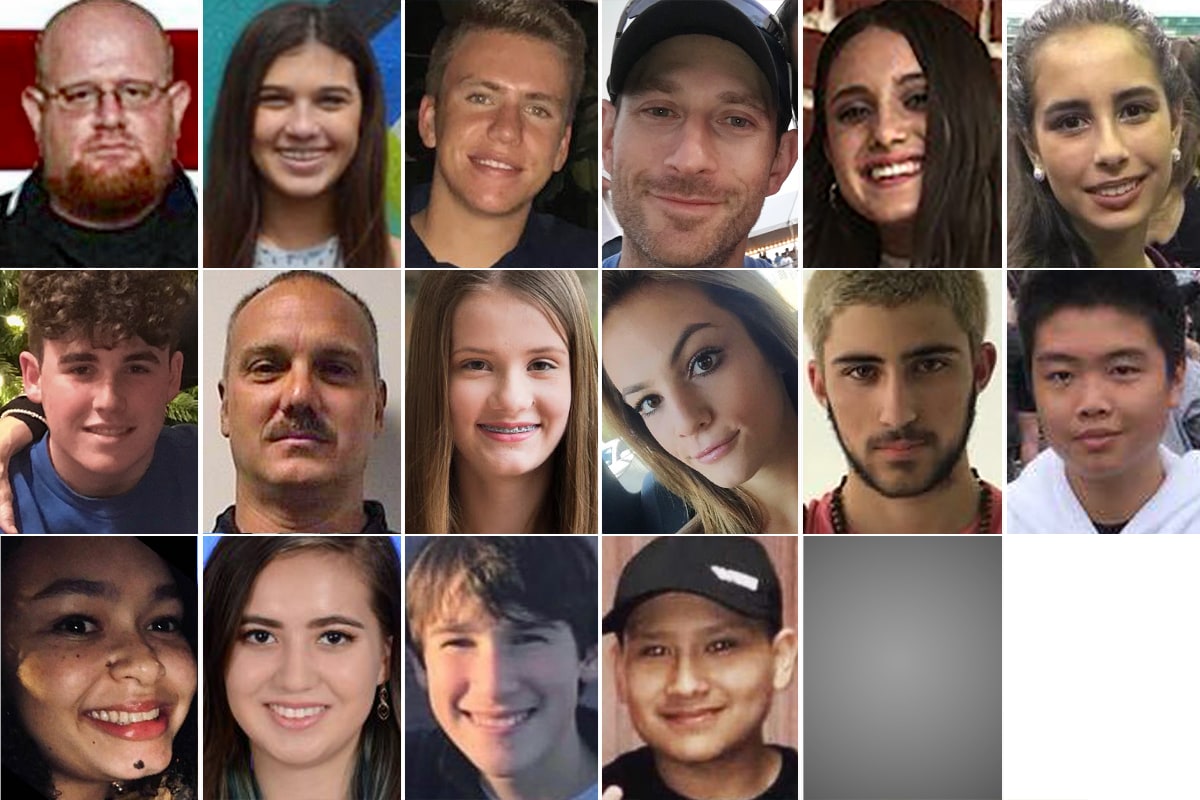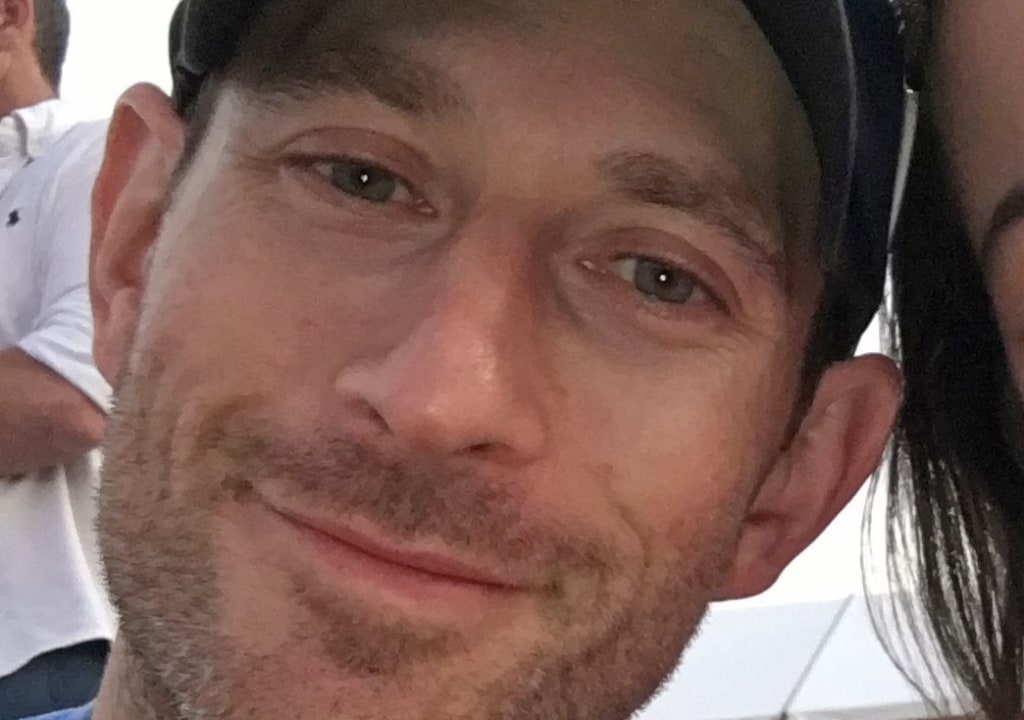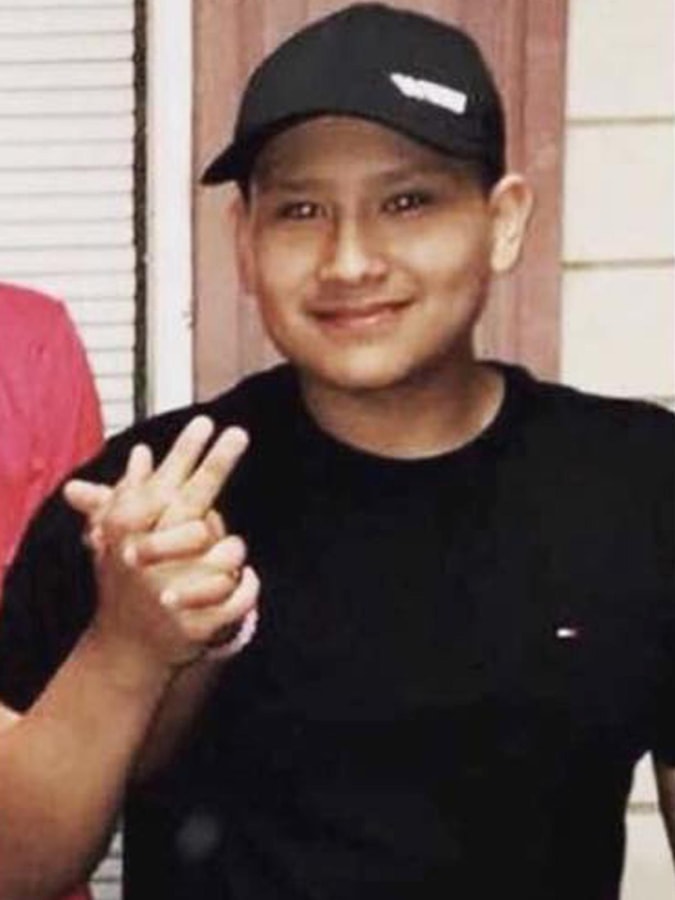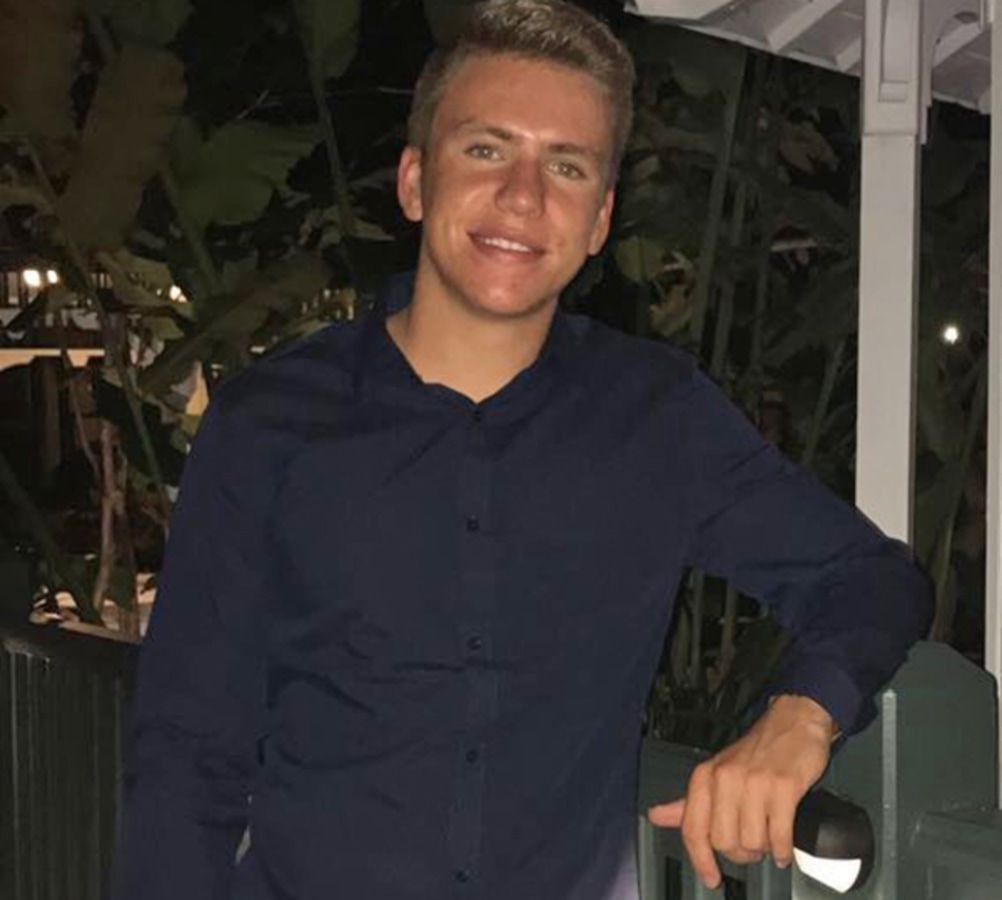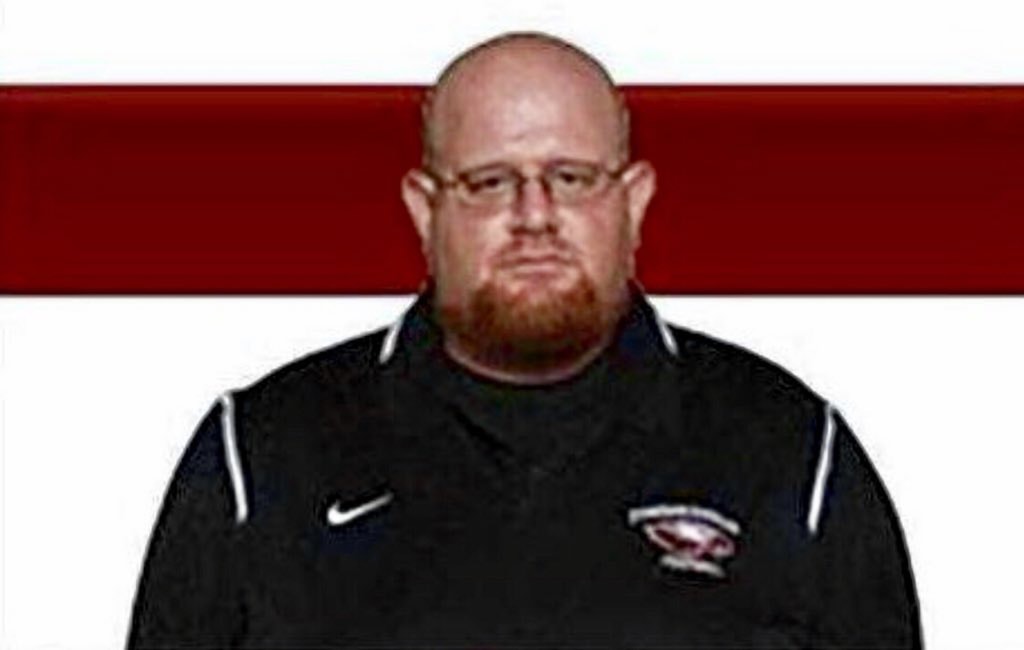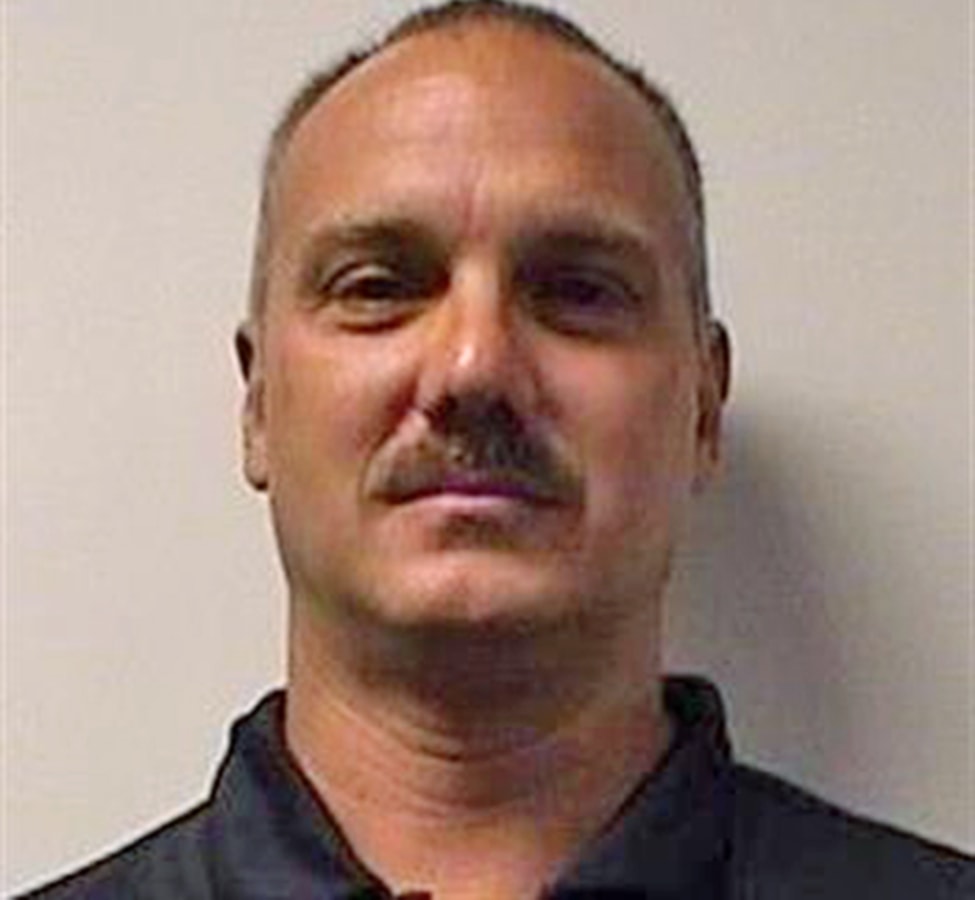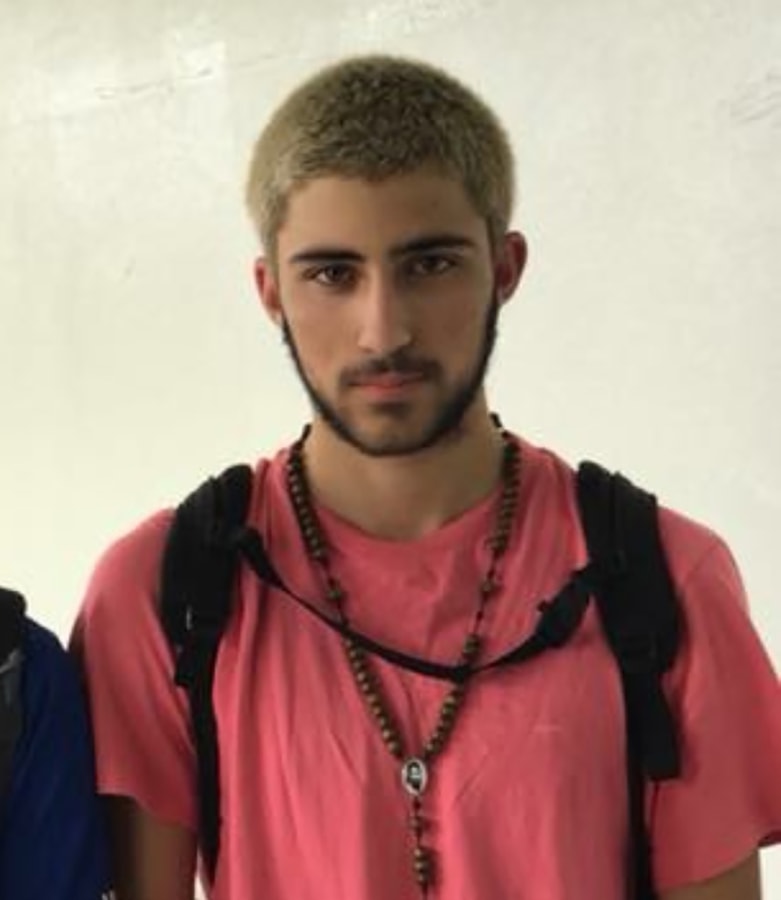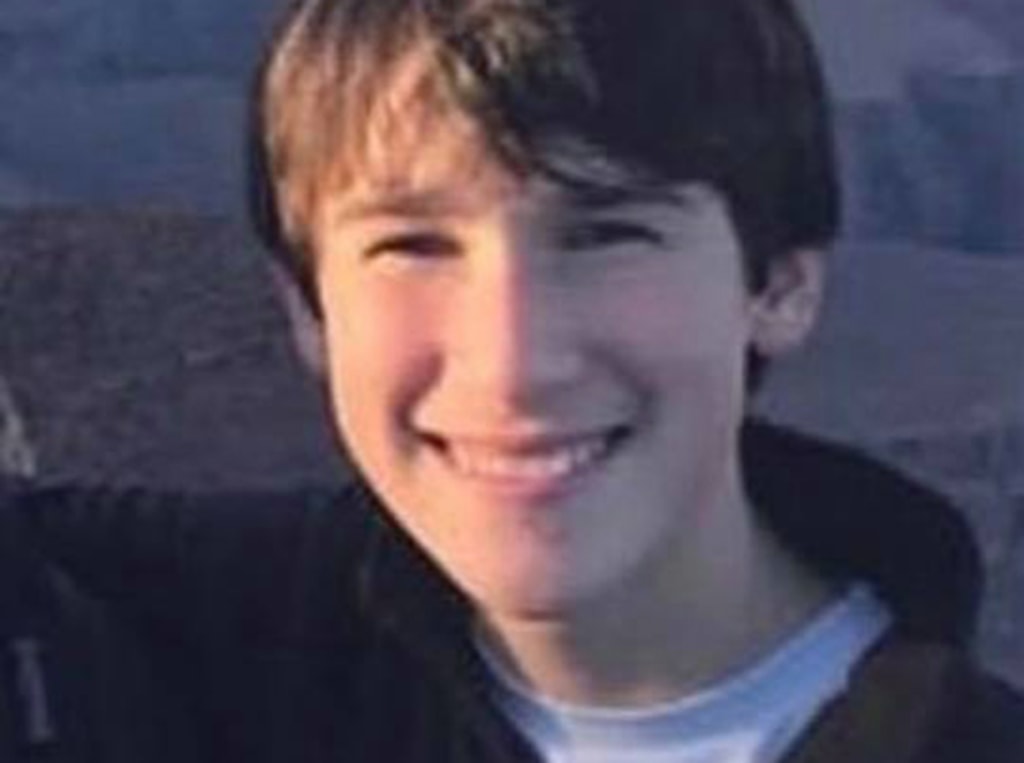John Hanno, www.tarbabys.com February 22, 2018
Marjory Stoneman Douglas High School and The High Cost of Bad Governance

Between deaths from opioids (65,000) and gun violence (35,000), 100,000 Americans die every single year; equivalent to a 9-11 terrorist attack every 11 days. Why? Because big Pharma and the National Rifle Association (NRA) are two of the most powerful lobbies in Washington. And because the Republi-con controlled congress and the trump administration refuses to allow or even discuss sensible legislation that could begin to remedy this national nightmare.
After 3,000 people perished on 9-11, the Bush administration and Congress turned the world upside down. They spent hundreds of billions to reorganized the entire federal intelligence apparatus into the Department of Homeland Security and coordinated that effort with every state government in the country. They also squandered more than $4 trillion invading 2 countries, seeking atonement for those attacks.
At this late date, we’ve done very little battling organized and legal distribution of boatloads of opioids into the poorest counties in America and absolutely nothing to pass even modest or sensible gun control laws. Mass shooting after mass shooting after mass shooting and still nothing.
Rupubli-cons in congress are especially conjoined with the NRA lobby and with a base of supporters, who’s primary goal in life, is protecting their right to bear any and all arms, no matter the consequences to the other 90% of the country.
80% of Americans (and now after Parkland, more than 90%) want sensible gun control; but that doesn’t matter, targeted campaign contributions and political extortion from the gun lobby and votes from obsessive gun nuts are much more important to Republi-cons in congress and to trump, who received many millions of dollars from the NRA for his campaign.
So what’s the legislative focus and governing agenda of this toxic, diabolical and incompetent administration and Republi-con controlled congress?
Job One is the systematic dismantling of any and all accomplishments which President Obama’s administration implemented to help women, the unemployed, wage earners, the uninsured, consumers, students, immigrants and Dreamers, the poor, America’s beleaguered middle class and the world’s environment.
Job Two is to make flourishing multi-national corporations even more prosperous with their partisan tax reform scam; likewise used to make millionaires and billionaires even wealthier. Ditto… for foreign investors, who reaped 30% of the windfall from the Republi-con tax fraud.
Job three is to dismantle the institutions and their hard won regulations America has created and relied on to protect its workers, consumers, the sick and disabled, senior citizens and the retired, public lands – and National Monuments and Parks and our environment. Every federal department’s mandate is under siege and is now controlled by the evil doers who had previously attacked the very regulations and programs that once protected us.
Job four is pandering to the oil and gas and extractive industries, who aim to rape, pillage and exploit every square inch of America’s sovereignty and every public land or protected National Park or Monument. If they can’t get their way through bullying and intimidation of land owners or public officials, they use pliant politicians and courts to take what they want through Eminent Domain.
Job five, and maybe the most beneficial to political donors like the Koch’s, is to strip away any and all social safety net and entitlement programs America uses to help its less fortunate and hardest working citizens. Republic-cons and especially House Speaker Paul Ryan, have “dreamed” of dismantling Social Security, Medicare, Medicaid, food stamps, welfare and unemployment programs since the day they were enacted. trump and Ryan claim they want to “Make America Great Again;” but their real goal is to make every worker so desperate that they’ll grab any crap job that comes along. I still believe that’s the primary reason they have, and are still, obsessed with crippling the Patient Protection and Affordable Care Act (Obamacare), which once and forever freed the poorest American workers from the chains of employer controlled healthcare. They relish students burdened by decades of onerous student debt and consumers driven into bankruptcy. Workplace slavery and debtors prisons are on many corporate wish lists and are fully supported by their compliant paid representatives in congress and in the courts.
I just can’t think of one single thing trump world has done to “Make America Great Again,” for the bottom 80%.
Obama Tried to Heal America, trump’s Trying to Steal America!
trumps answer to the Parkland, Florida shooting is to arm 40% of the teachers in America. He says arming “highly adept” teachers is much less expensive than hiring guards to protect our children. That’s approximately 700,000 loaded weapons in our schools. The NRA is no doubt orgasming. We can’t possibly count the ways, this is a monumentally bad idea. trump also thinks all retired Marine generals and military officers should begin a second career as armed teachers and coaches in America’s schools. Ditto…..bad idea! And besides, they wouldn’t work for the peanuts that Republi-cons think our well trained teachers really deserve. They’re clearly obsessed with attacking teacher unions, their compensation and pensions and their well earned benefits. Ex military personal, freshly retired from the largest Socialist organization in the entire civilized world (The U.S. Military Forces) might not be receptive to working for stingy and greedy capitalists.
During an interview on MSNBC, Greg Pittman, a history teacher at Marjory Stoneman Douglas High School in Florida, recited a dozen reasons why arming teachers is the worse idea he’s ever heard of. Even though he teaches the 2nd Amendment in his history classes and believes in those principles, he wants no part of the responsibility of carrying a weapon at school. He said he doesn’t get paid enough to be on a swat team, a police force or in the military. He doesn’t even get paid enough to be a teacher (“but that’s another story”). And I’m sure he and other teachers don’t want to be potential targets of swat teams rushing into a shooting crisis and looking for anyone brandishing a loaded weapon.
The NRA spokespersons have been out in force attempting to deflect the wrath of Parkland’s victims aimed directly at them. They’re attempting to pass the blame to the FBI, and the local police and even Obama and Hillary and especially the media for driving this mounting and very vocal opposition. But they fail to understand the anger.
This latest mass shooting and mass murder spree in Parkland Florida, seems to have broken the AR-15 camels back. These Parkland community protesters are clearly not going away; I don’t think these young folks, their parents and their teachers will allow their protests to die or fade. The carnage was just too raw, the injustice overwhelmed. These political and technically savvy high school students, fully supported by their school administration and the local police forces have stepped up the opposition to level DEFCON 3. They won’t be bullied by the tired stop gaps prescribed by the NRA gun nuts and their political apologists this time. These are not the low information voters that Republi-cons and trump typically rely on to advance their destructive agendas. These students and families are so angry “really pissed” and extremely savvy in social media platforms. Their crusade has spread across the country.
They, like an overwhelming majority of critical thinking Americans, understand the common denominator in this whole GD mess is the AR-15 rifle, a military weapon of mass destruction, based on the M-16 military rifle, a weapon that our domestic military forces keeps securely locked and “unloaded,” at all times. I qualified as a Army Sharpshooter on an M-16. We were never allowed to take our weapons or a single bullet off of the firing range, and were under constant supervision by drill sergeants and range spotters the entire time we were on that range. If our weapons were aimed anywhere but down range, we could end up in the brig. Our weapons were always locked and unloaded, even on the range. And they were always locked up when off the range. Thank goodness, after I qualified, I never touched that weapon the rest of my 3 years of service.
But the NRA has fondly labeled the AR-15, the “New American Minuteman Rifle.” Based on the military M-16, these are the primary weapons of choice for mass shootings. But these are not defensive weapons, they are weapons designed to kill as many people as quickly as possible.
These weapons were banned for 10 years, they should be banned again. 8,000,000 of them are in the hands of ordinary American gun owners. How many of them are securely locked up? How many are locked and unloaded? How many are used away from an official firing range? How many are easily available to children or irresponsible adults or folks with mental issues? How many are only used under strict supervision?
What’s in the make-up of rabid gun toting people that drives them to accumulate as many weapons of mass slaughter as they can possibly afford or even use. There are now more guns in America than people, more than 310 million. Yet the number of gun owning households is shrinking. Less than 30% of American households own a gun. Some individuals surprisingly own dozens or even hundreds of weapons. The desires and the speculative and debatable needs of this small minority of obsessive’s are laying waste to America’s schools, its communities and its moral conscience.
We don’t allow people to drive drunk or under the influence of drugs. We don’t allow commercial drivers to transport people without a valid CDL license. We don’t allow commercial drivers to obtain a CDL license if they have certain medical conditions. We don’t allow commercial vehicles on the road if they aren’t safely maintained. We limit the number of hours they can drive. We don’t allow professionals to perform hundreds of different professions unless they’re properly trained and licensed. We require people who drive on our roads and highways to have insurance in case they harm someone. Why? Because we’ve determined, through research and law, that its in the best interests of the American public. Why, in heavens name do we allow people to purchase high powered killing machines at any age, even if they have mental disabilities and even if they don’t have money and can only buy them on credit? We also don’t require them to purchase liability insurance. If we did, maybe gun owners would be forced to be more responsible for the carnage.
Slate and others reported last week that “an ongoing Washington Post analysis has found that more than 150,000 students attending at least 170 primary or secondary schools have experienced a shooting on campus since the Columbine High School massacre in 1999.”
And “after Wednesday’s rampage at Marjory Stoneman Douglas High School in Parkland, Florida, you can add 3,000 more kids to that list. Together, America’s school shooting survivors would make up a city the size of Savannah, Georgia or Syracuse, New York. A whole city knowing the trauma of what we still, wrongly, insist on calling the unthinkable. That’s to say nothing of another 300,000 parents, give or take, and tens of thousands of teachers and other adults who were there too.”
Another report by Everytown for Gun Safety claims: “the total number of school shootings in the United States since the beginning of the year is 18 (or roughly three per week).” Admittedly, some of these incidents were minor events, but clearly, the trend to violence in America’s breeding grounds for learning are going in the wrong direction.
On MSNBC’s February 22nd The Last Word with Lawrence ODonnell program, Lawrence reminded us that AR-15 rifles can effectively fire between 80 and 90 bullets per minute at 2,182 miles per hour or 3,200 ft per second, before highlighting a story written by Florida radiologist Heather Sher and published in The Atlantic Magazine. Heather writes:
“In a typical handgun injury that I diagnose almost daily, a bullet leaves a laceration through an organ like the liver. To a radiologist, it appears as a linear, thin, grey bullet track through the organ. There may be bleeding and some bullet fragments.
I was looking at a CT scan of one of the victims of the shooting at Marjory Stoneman Douglas High School, who had been brought to the trauma center during my call shift. The organ looked like an overripe melon smashed by a sledgehammer, with extensive bleeding. How could a gunshot wound have caused this much damage?
“The reaction in the emergency room was the same. One of the trauma surgeons opened a young victim in the operating room, and found only shreds of the organ that had been hit by a bullet from an AR-15, a semi-automatic rifle which delivers a devastatingly lethal, high-velocity bullet to the victim. There was nothing left to repair, and utterly, devastatingly, nothing that could be done to fix the problem. The injury was fatal.”
“One of my ER colleagues was waiting nervously for his own children outside the school. While the shooting was still in progress, the first responders were gathering up victims whenever they could and carrying them outside the building. Even as a physician trained in trauma situations, though, there was nothing he could do at the scene to help to save the victims who had been shot with an AR-15. Most of them died on the spot, with no fighting chance at life.”
“Routine handgun injuries leave entry and exit wounds and linear tracks through the victim’s body that are roughly the size of the bullet. If the bullet does not directly hit something crucial like the heart or the aorta, and they do not bleed to death before being transported to our care at a trauma center, chances are, we can save the victim. The bullets fired by an AR-15 are different; they travel at higher velocity and are far more lethal. The damage they cause is a function of the energy they impart as they pass through the body. A typical AR-15 bullet leaves the barrel traveling almost three times faster than, and importing more than three times the energy of, a typical 9 mm bullet from a handgun. An AR-15 rifle outfitted with a magazine cartridge with 50 rounds allows many more lethal bullets to be delivered quickly without reloading.”

“As a doctor, I feel I have a duty to inform the public of what I have learned as I have observed these wounds and cared for these patients. It’s clear to me that AR-15 or other high-velocity weapons, especially when outfitted with a high-capacity magazine, have no place in a civilian’s gun cabinet. I have friends who own AR-15 rifles; they enjoy shooting them at target practice for sport, and fervently defend their right to own them. But I cannot accept that their right to enjoy their hobby supersedes my right to send my own children to school, to a movie theater, or to a concert and to know that they are safe. Can the answer really be to subject our school children to active shooter drills—to learn to hide under desks, turn off the lights, lock the door and be silent—instead of addressing the root cause of the problem and passing legislation to take AR-15-style weapons out of the hands of civilians?”
“As a radiologist, I have now seen high velocity AR-15 gunshot wounds firsthand, an experience that most radiologists in our country will never have. I pray that these are the last such wounds I have to see, and that AR-15-style weapons and high-capacity magazines are banned for use by civilians in the United States, once and for all.”
trump, NRA spokes persons and unrepentant Republi-con congress folks restate the same old tired remedies that haven’t worked since the Federal Assault Weapons Ban enacted in 1994 expired in 2004. It boils down to arming every good guy with a gun in order to discourage every bad guy with a gun.
Granted, police officials in Florida and the FBI dropped the ball by not taking more serious the pleas of folks worried about the Florida shooter, but the main factor in the carnage we witnessed last week can be laid at the feet of those who manufacture, promote and allow virtually anyone to purchase AR-15’s and other high powered weapons of mass murder.
We have a commander in chief and a congress who shirk their duty and oaths of office to defend America and our constitution.
trumps proposed budget cuts funding for schools security and proposes a 23% cut in Medicaid, which provides 25% of the cost for mental health treatment in the country.
The very first piece of legislation Trump signed was to make it easier for people with mental health issues to purchase guns.
Cuts in welfare programs and to SSI and Social Security Disability and Medicare only drives more folks into desperate situations.
The opioid crisis costs America $500 billion a year. I couldn’t even guess what security costs for our schools and public buildings. I’m sure it costs hundreds of billions more. The totals could be more than a trillion dollars for these two national plagues.
Its the primary job of elected representatives to responsibly pass legislation to solve these monumental problems, not to protect those who profit from these solvable calamities.
The well rehearsed post murder spree empty speeches no longer, if ever, comfort anyone except the maker.
In 1934, America banned machine guns because they were too dangerous. AR-15 are even more lethal.
Most of America knows what has to be done. An immediate first start must include universal background checks, banning AR-15’s and other high velocity assault weapons, banning high capacity magazines and keeping weapons out of the hands of folks with mental problems and criminal backgrounds. 3,000 angry and determined young people, their families and teachers, their police departments and medical trauma personnel from Parkland, Florida all know what has to be done. Administrators from Marjory Stoneman Douglas High School shouldn’t have to accept the sacrifice of their teachers who gave up their lives for their students.
trump, the NRA and the Republi-cons in congress are clearly part of the problem, not capable of any sensible solution. These morally and financially corrupt cowards, who empower and favor the worst parts of the gun industry over America’s children, must change or be removed from public office.
John Hanno, www.tarbabys.com
This ought a help!
 Bramhall
Bramhall
Related:
 School students from Montgomery County, Maryland, rally at the Capitol in solidarity with those affected by the shooting at Parkland High School. AP Photo/J. Scott Applewhite
School students from Montgomery County, Maryland, rally at the Capitol in solidarity with those affected by the shooting at Parkland High School. AP Photo/J. Scott Applewhite
 Bramhall
Bramhall Lisa Marie Pane / AP
Lisa Marie Pane / AP
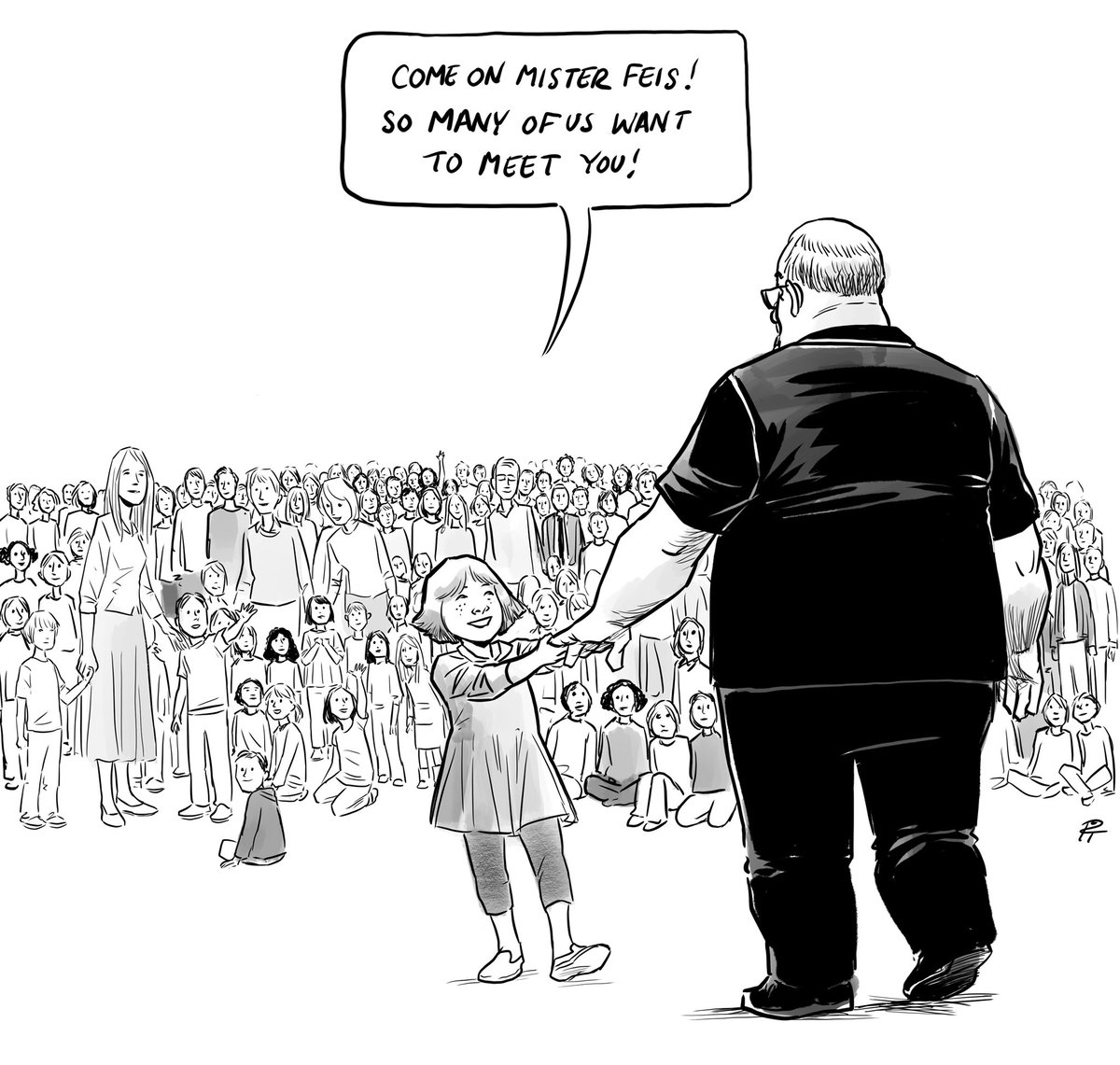

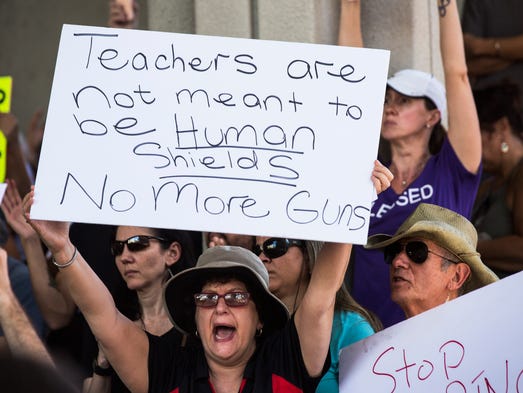

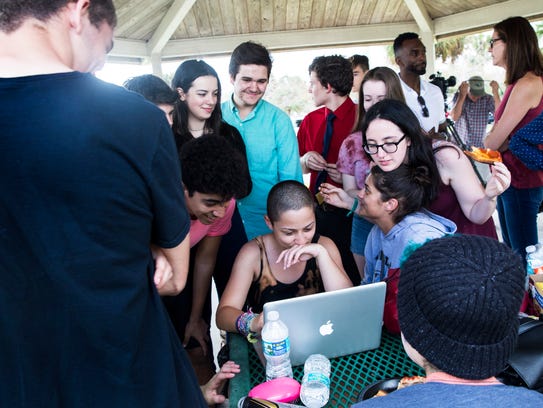

 Wisconsin Governor Scott Walker (R) with Donald Trump at a campaign event in 2016. Credit : Chip Somodevilla/Getty Images)
Wisconsin Governor Scott Walker (R) with Donald Trump at a campaign event in 2016. Credit : Chip Somodevilla/Getty Images)




